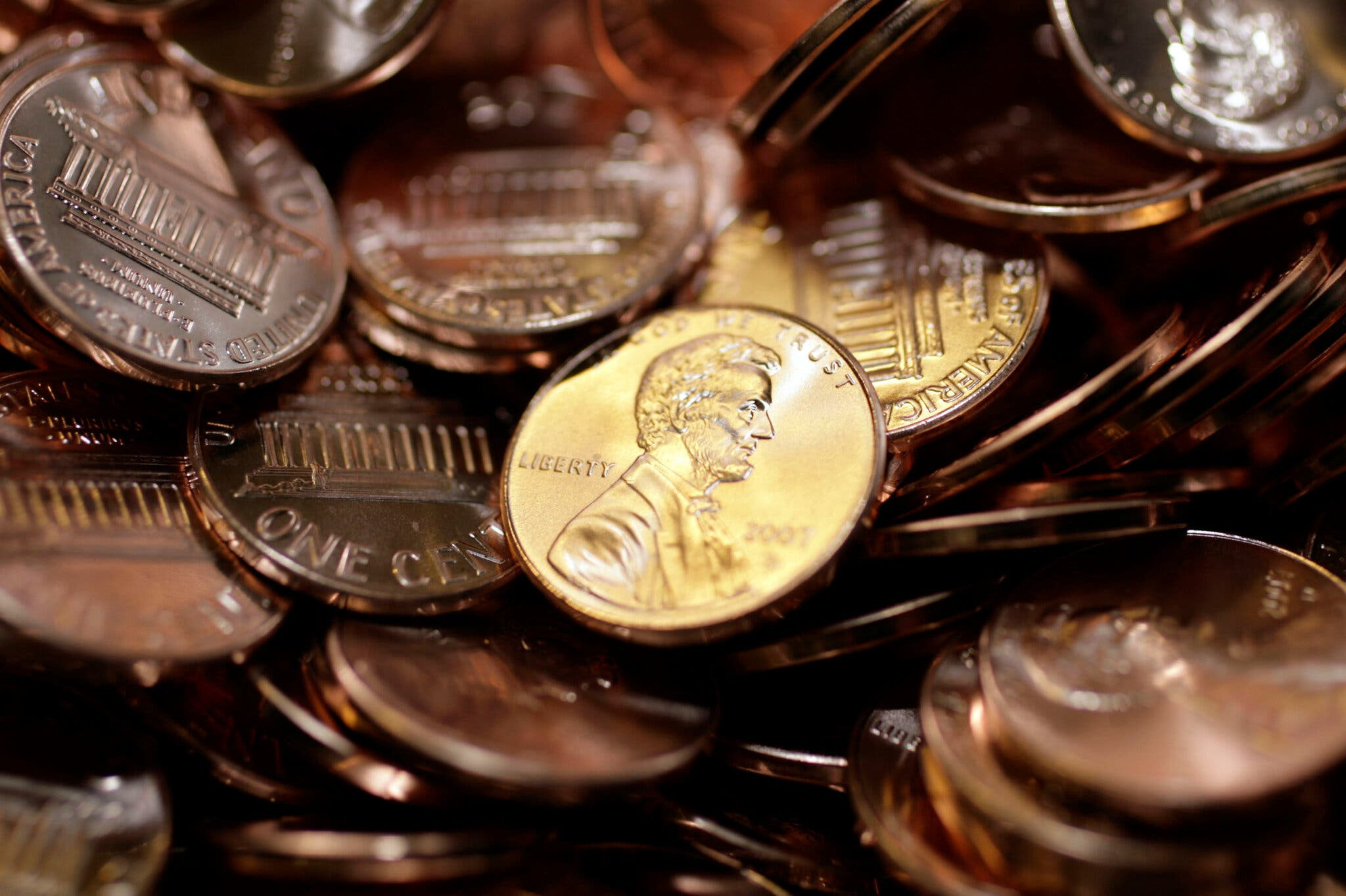The Penny: A Symbol of American Culture in Peril?
For decades, people have pondered the penny. Does a coin with so little value have any value at all in the U.S. economy? Does the reddish-brownish disc of copper and (mostly) zinc serve a useful purpose, perhaps even beyond its intended one?
As the New York Times reported recently, most of the pennies issued by the U.S. Mint are given out as change and then never spent. This creates an incessant demand for new pennies, so that change can be handed out in future cash transactions.
“In other words,” Caity Weaver wrote for the Times, “we keep minting pennies because no one uses the pennies we mint.” It's estimated there are 240 billion pennies in the U.S., the vast majority of which are sitting in coin jars, hiding beneath sofa cushions, or otherwise dormant.
The Cost of Keeping the Penny
To replace the lost money, the federal government literally loses money. Minting a single 1-cent coin costs more than 3 cents.
Faced with a similar dilemma, Canada phased out its use of the penny in 2013. Cash prices there are now rounded up or down to the nearest nickel or dime. Should the U.S. do the same?
The Case for Keeping the Penny
No, say penny proponents. There is something very American about getting exactly the change you're entitled to. And the coin has its admirers. It's embedded in our language, our culture. The penny's portrait of Lincoln is the most reproduced piece of art on Earth.
So this specie remains the most basic instrument of doing business. What's your 2 cents?
The Future of the Penny
The debate over the penny's future is likely to continue for some time. Ultimately, the decision of whether to keep or eliminate the penny will be a political one, and will likely be influenced by a variety of factors, including public opinion, the cost of minting new pennies, and the potential impact on the economy. Whatever the outcome, the penny will likely remain a source of debate and discussion for years to come.

















